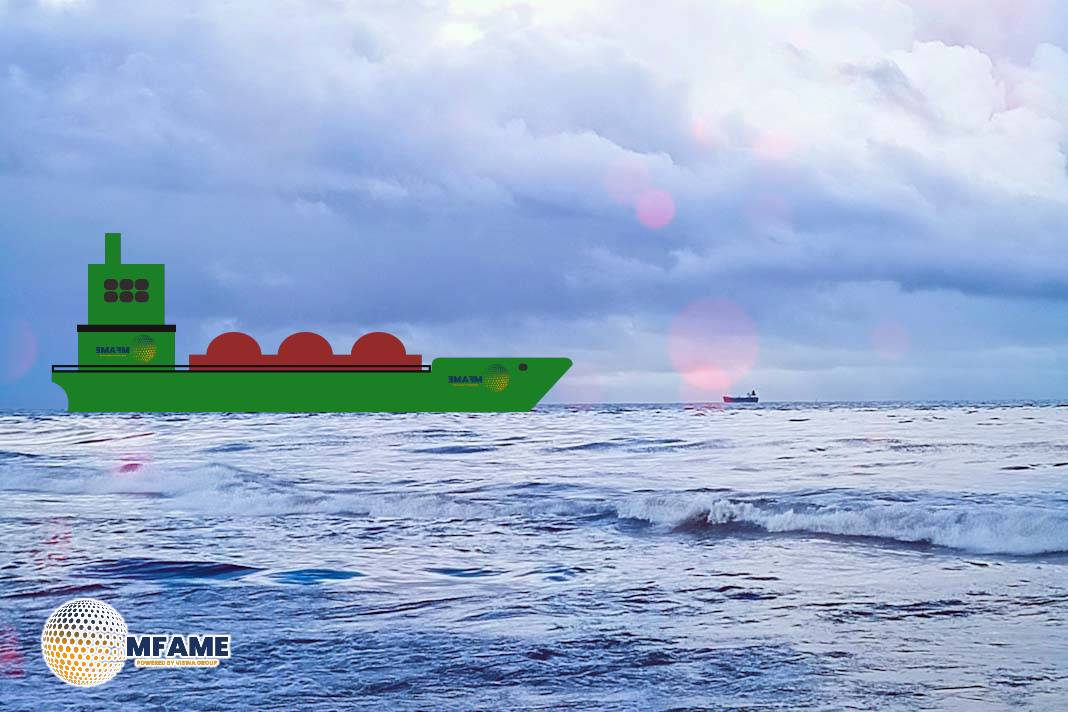 The global shipping industry is witnessing a sharp rise in dual-fuel vessels powered by liquefied natural gas (LNG), with forecasts projecting up to 1,200 LNG-powered ships by 2028, according to KPI OceanConnect.
The global shipping industry is witnessing a sharp rise in dual-fuel vessels powered by liquefied natural gas (LNG), with forecasts projecting up to 1,200 LNG-powered ships by 2028, according to KPI OceanConnect.
While this surge highlights LNG’s current role as a cleaner alternative to traditional marine fuels, industry leaders agree that long-term compliance with environmental regulations will require a shift to greener alternatives such as bio-LNG and e-methane.
Surge in LNG Demand and Infrastructure Gaps
As of 2024, LNG bunkering volumes have doubled compared to 2023, reflecting a growing interest in low-emission shipping. However, LNG still remains more expensive than very low sulfur fuel oil (VLSFO), hindering wider adoption in the short term.
The outlook is expected to improve from 2026 onward, with over 200 million tonnes per year of new global liquefaction capacity anticipated. Despite this, small-scale LNG bunkering logistics remain complex, and infrastructure gaps persist—especially in regions like Central and South America.
Bio-LNG: A Path Toward Future Compliance
Under new international and regional fuel regulations—including FuelEU Maritime and the IMO’s fuel standards—LNG is likely to stay viable until 2035. After that, shipowners must gradually blend in renewable methane sources, such as biomethane (bio-LNG), to stay compliant.
Bio-LNG, produced from organic waste like food scraps and agricultural residue, is chemically identical to fossil methane and can be used in existing LNG vessels without engine modification. The IEA estimates a global potential of 700 million tonnes annually, compared to the current 35 million tonnes.
Industry Insights and Regulatory Readiness
At KPI OceanConnect’s February 2025 webinar, industry experts reiterated that LNG is currently the most flexible solution for cutting emissions. Modern engine technologies have also reduced non-methane hydrocarbon emissions, addressing previous concerns.
However, panelists also emphasized the need for policy clarity and supply chain coordination, especially in aligning small-scale bunkering infrastructure with the global energy transition.
LNG is playing a pivotal role in helping shipping companies meet near-term emissions regulations. However, its future depends on a smooth transition toward renewable alternatives like bio-LNG and e-methane. As supply chains mature and regulations tighten, shipowners will need to invest not just in fuel flexibility but in sustainable infrastructure and long-term compliance strategies. The next decade will be critical for turning LNG’s momentum into a truly green maritime future.
























